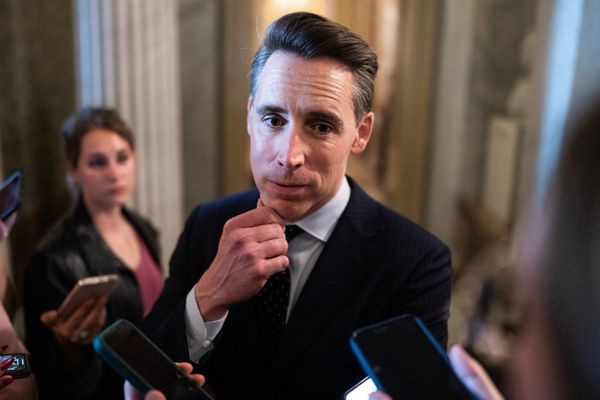
Kiplinger’s Economic Outlooks are written by the staff of our weekly Kiplinger Letter and are unavailable elsewhere. Click here for a free issue of The Kiplinger Letter or to subscribe for the latest trends and forecasts from our highly experienced Kiplinger Letter team.
151,000 jobs were added in February, a moderate increase over the 125,000 added in January, when job growth was likely dampened by winter storms and the California wildfires. Hiring looked fairly normal across sectors, with typical additions in construction, manufacturing, transportation and service sectors. E-commerce delivery rebounded after the January storms. The big exception was a decline of 27,500 food service workers. A rebound had been expected after winter weather caused a drop in January. It’s possible that fear of tighter immigration enforcement could have caused some workers to quit their jobs, given that the industry has a high share of such workers.
Temporary help continued its lackluster performance, declining by 12,300 positions, its 34th decline over the past 35 months. This likely reflects scant appetite for expansion at the businesses that typically hire temps. Gains in government employment were mostly limited to local governments, including schools. Federal employment dropped by 10,000. Because the Bureau of Labor Statistics survey takes place early in the month, it probably did not capture many of the recent layoffs in Washington, D.C. Federal job losses are likely to be much higher in the March report.
The unemployment rate ticked up to 4.1%, the average level over the past nine months. The number of people having to work part-time because of slack demand or business conditions took a notable step up. Upticks in this reading sometimes foreshadow broader increases in unemployment.
Wage growth was 4.0% in February, little changed over the past seven months. The Federal Reserve would like to see annual wage gains come down to 3% or 3.5%, given that stronger wage growth will make it harder to bring overall inflation down to the Fed’s goal of 2%. The Fed would also like to see monthly job gains stay below 200,000, a level that would suggest the labor market won’t overheat again.
Tariff uncertainty is likely to upset hiring plans going forward. Hiring is often delayed during times of economic uncertainty. Prior to the recent drama over tariffs, we expected monthly job growth of about 150,000 new positions to continue. Now, that could fall to around 100,000, if enough employers decide to hold off on hiring while they wait for clarity on any new tariffs.







